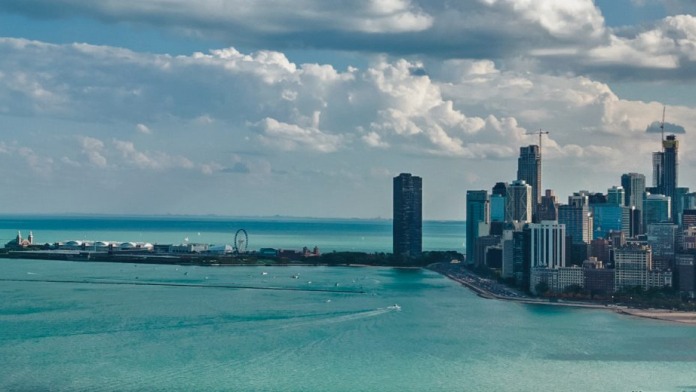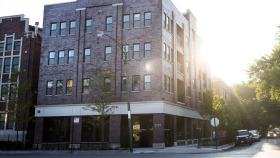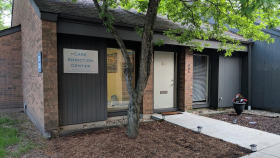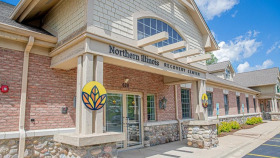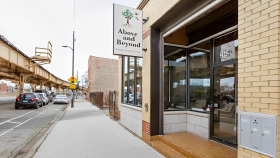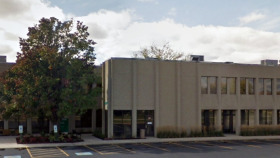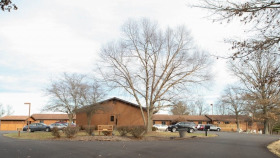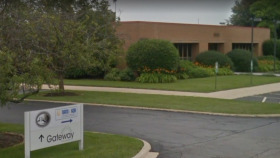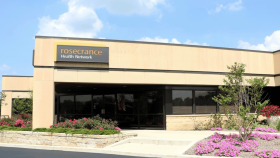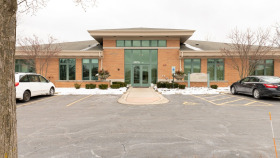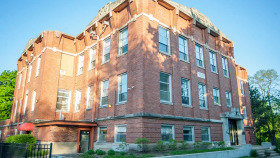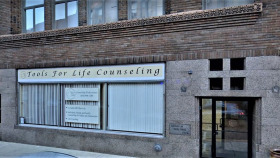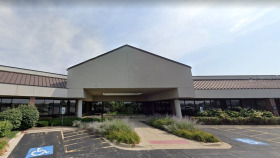Expert Insights
For a majority of my nursing career in Illinois, I worked with pregnant women and their children. During that time, I saw firsthand the impact that addiction can have on pregnancies and their outcomes. A prevailing obstacle was a lack of treatment programs for these women.
According to a finding by the Illinois Department of Health, substance use disorder was the leading cause of death for pregnant women between 2018-2020 in Illinois. It is beyond time for action.
State agencies must partner with hospitals and community based organizations to increase awareness and implement programs that support mothers with addiction to improve overall maternal health outcomes and encourage a brighter, healthier future for families.
~ Cary Damerow, BA, LPN
How Much Does Drug Rehab in Illinois Cost?
Illinois is ranked 24th nationwide in terms of addiction treatment affordability, with an average cost of drug and alcohol rehab of $56,666 without insurance.
- Medical detox is the most expensive, with an average cost of $139,702
- Long-term inpatient drug rehab in Illinois costs an average of $50,004
- Outpatient addiction treatment in Illinois costs an average of $8,309
- Outpatient methadone treatment is the most affordable, with an average cost of $7,382
Keep in mind these costs are averages for all types of addiction treatment, including medically supervised detox and residential inpatient rehab, both of which drive up the average. These numbers also reflect the full cost of drug rehab without any insurance coverage. Most individuals can expect to pay far less than these prices for more typical outpatient drug treatment, MAT, and addiction therapy.
How to Pay for Drug Rehab in Illinois
As of 2024, there were over 760 drug rehab facilities across the state of Illinois. These facilities accept several payment methods. Of those treatment facilities, the following numbers reflect how many accept their respective payment methods:
Private Pay and Insurance
There are many major commercial health insurance carriers in the state of Illinois. Additionally, in 2024, 12 insurers offered exchange plans on the Marketplace. Commercial providers include:
Aetna
Aetna comprehensive inpatient and outpatient alcohol and substance use disorder treatment coverage. Their care team of licensed Aetna Care Advocates work with clients to create a plan for treatment and can assist clients in finding appropriate treatment centers, counselors, and medical providers. There may be co-payments, and clients may need to reach their plan deductible before treatment coverage begins.
Blue Cross Blue Shield of Illinois
This company offers coverage for inpatient and outpatient alcohol and substance use disorder treatment. This includes treatment options like medication assisted treatment and intensive outpatient services. Clients may need to pay co-payments or reach their plan deductible before treatment coverage begins.
Centene
Centene provides commercial and government sponsored insurance coverage for clients in Illinois. While they cover inpatient and outpatient alcohol and substance use disorder treatment, they prefer outpatient treatment options, so clients will likely pay more out-of-pocket for any inpatient treatment plans.
Cigna
This provider covers inpatient and outpatient treatment options for clients undergoing alcohol and substance use disorder treatment. Coverage of services such as intensive outpatient treatment, detox, inpatient treatment, or hospital stays will require prior authorization and may not be deemed medically necessary by the insurance provider.
Health Alliance
This is the largest managed healthcare provider in Illinois offering both private and government sponsored plans. They offer alcohol and substance use disorder treatment coverage. Clients must see providers that are considered in-network and will need prior authorization for any inpatient treatment options.
United Healthcare
United Healthcare offers coverage for inpatient and outpatient alcohol and substance use disorder treatment. The amount of coverage and what specific services are covered depend on the individual’s plan and will need to be assessed prior to obtaining treatment.
Medicaid
Illinois provides health insurance coverage for residents who meet certain criteria such as income level and immigration status under their HealthChoice Illinois program. This includes pregnant women, people with disabilities, the elderly, and children. These Medicaid plans cover inpatient and outpatient substance use disorder treatment services at facilities that accept this type of insurance.
Medicare
Medicare provides insurance coverage for individuals over the age of 65 and in some cases individuals with disabilities and certain disorders. Medicare Part A pays for inpatient substance abuse treatment. Clients are required to pay the same co-pays they would be charged for any other type of inpatient hospitalization. For those with Medicare Part B, outpatient substance abuse treatment services from a clinic or hospital outpatient department are covered.
Military Insurance
TRICARE and VA benefits are accepted at participating providers throughout the state of Illinois. For those with alcohol and substance use disorders, the Veterans Administration offers inpatient and outpatient services at their clinics and hospitals at no cost.
Tribal Funding
All individuals of Native American or Alaska Native descent are eligible for health care and Medicaid through the Indian Health Service (IHS). Alcohol and substance use disorder treatment are covered services.
Other Low Cost Options
For those individuals without commercial insurance, government sponsored insurance, or insurance through military service, some providers will accept sliding scale payment options, no fee for service, or financial aid. Clients will need to speak with service providers to find out what options are available to them.
Resources
- Substance Abuse and Mental Health Services Administration. (2020). Behavioral Health Barometer: Illinois, Volume 6: Indicators as measured through the 2019 National Survey on Drug Use and Health and the National Survey of Substance Abuse Treatment Services. HHS Publication No. SMA–20–Baro–19–IL. Rockville, MD: Substance Abuse and Mental Health Services Administration.
- Illinois Department of Public Health. (2020). Opioids: Illinois’ Other Epidemic.
- National Center for Drug Abuse Statistics. (2022). Average Cost of Drug Rehab [2022]: by Type, State & More.
- Center for Medicare Advocacy. (2022). Medicare Coverage of Mental Health and Substance Abuse Services – Center for Medicare Advocacy.
- Gastorf, Pat. (n.d.). The Opioid Crisis in Illinois: Data and the State’s Response. Retrieved December 12, 2022, from http://www.dhs.state.il.us/OneNetLibrary/27896/documents/The_Opioid_Crisis_in_Illinois.pdf
- M., W., Leslie. (2022). Statewide Semiannual Opioid Report Illinois Department of Public Health. Illinois Department of Public Health. https://www.ilga.gov/reports/ReportsSubmitted/3424RSGAEmail6812RSGAAttachIL%20Semiannual%20Opioid%20Report%205_22%20Public%20Act%20099-0480%20.pdf

